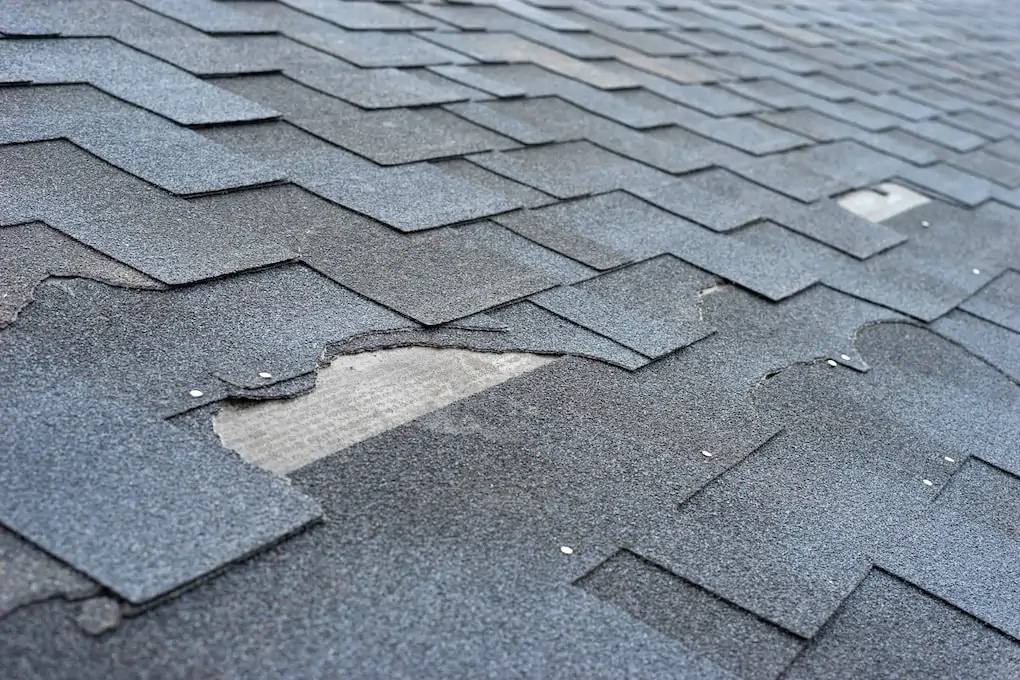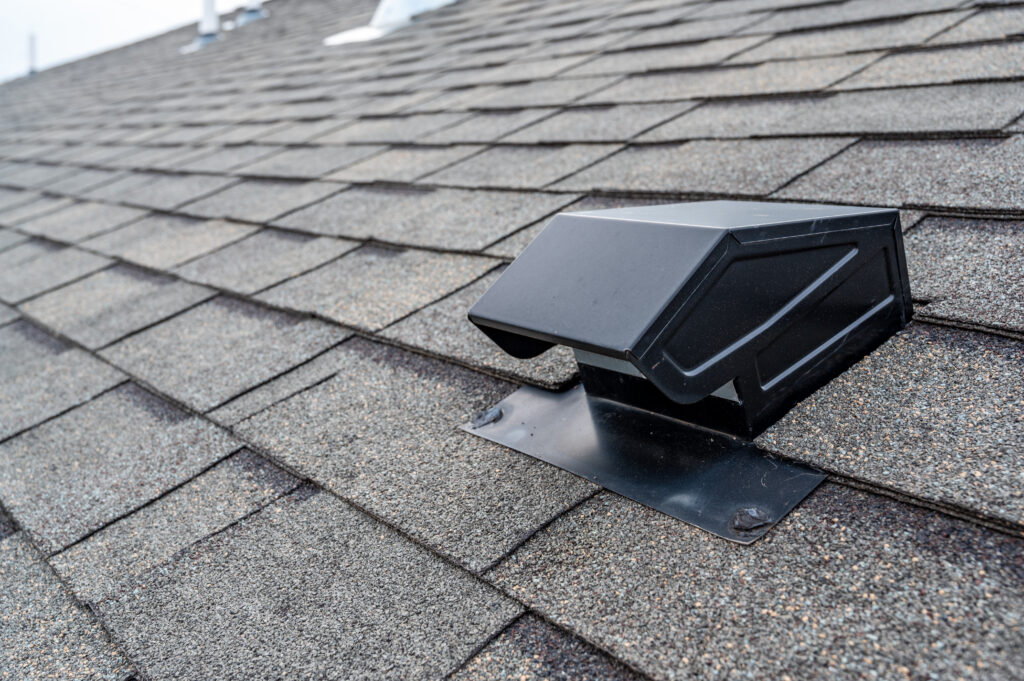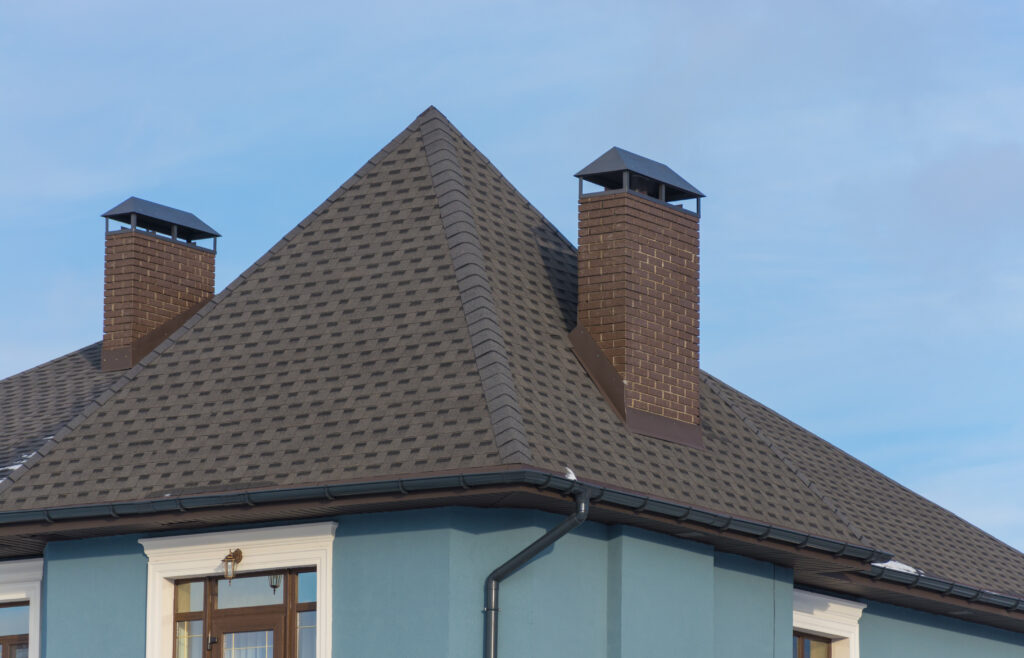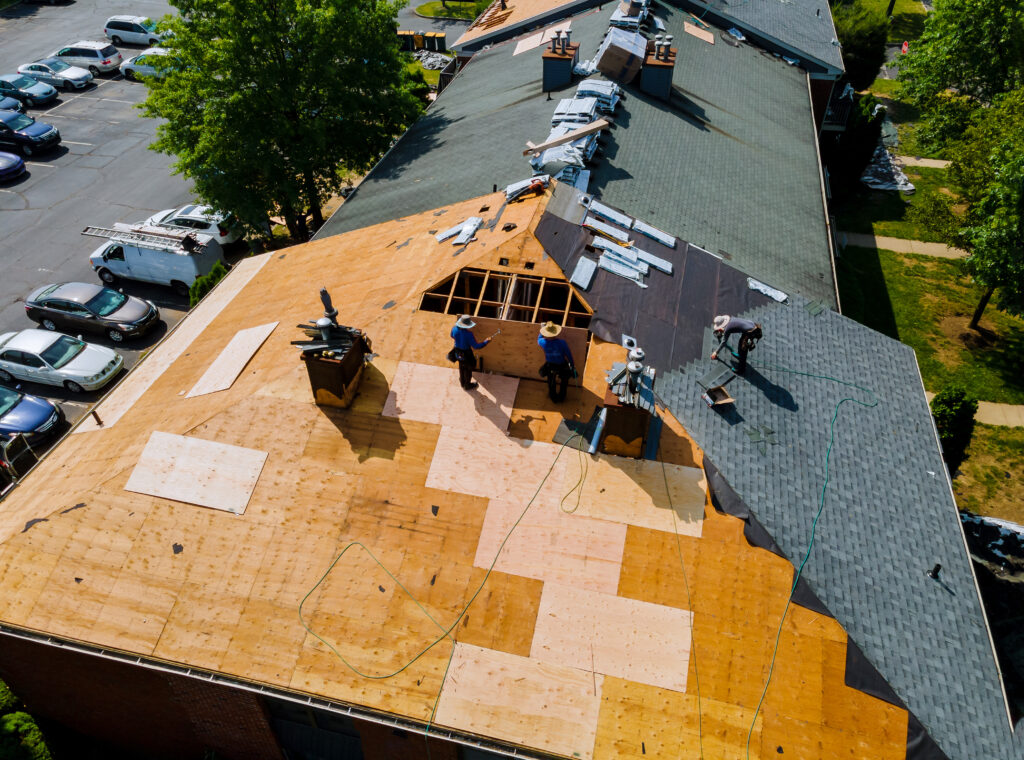Storms can cause severe damage to your home, especially to your roof, windows, and siding. High winds, lightning strikes, hail, heavy rain, and tornadoes are some of the weather conditions that can harm your property. At times, the damage may be visible, but at other times, it may go unnoticed, leading to long-term and costly issues.
With more than 54 billion dollars being spent each year due to storm damage in the US, it’s essential to know what warning signs to look for and take timely action to prevent further harm. In this article, we’ll discuss some common indicators of storm damage to your home’s roof, windows, and siding, so let’s dive in.
Why Is It Important to Know the Signs of Storm Damage?
Storms can be incredibly destructive, and sometimes, the damage might not be immediately apparent. So, it’s essential to be vigilant and on the lookout for signs indicating storm damage. You don’t want to wait until it’s too late and the damage has become more severe, ultimately leading to expensive and timely repairs.
Not only can identifying storm damage early saves you money, but it can also mitigate potential problems before they get worse. The last thing you want is for a small problem to escalate into a significant disaster. Acting quickly can save you both time and money.
Indicators of Storm Damage to Your Roof
Your roof is your home’s first line of defense against harsh weather conditions. It provides protection from the elements and helps prevent water leakage.
Any storm can cause roof damage, but severe weather conditions like hail, high winds, and tornadoes can leave significant damage to your roof. Here are some signs of storm damage to your roof to watch out for:
Missing Or Broken Shingles
One of the most apparent signs of storm damage to your roof is missing or broken shingles. This is because high winds can lift up the shingles or break them, potentially leading to leaks and further damage. After a heavy storm, it’s important to inspect your roof for any loose or detached shingles and replace them as soon as possible.
Cracks Or Dents On Your Roof
If you notice cracks, dents, or dimples on your roof, it may be an indication of hail damage. Though not immediately visible, hailstones can weaken the roof’s surface and decrease its lifespan. If you notice any cracks or dents on your roof, it’s important to get them inspected by a professional as soon as possible.
Granules from Shingles in Your Gutters
Granules are the protective layer on top of your shingles. If you notice an accumulation of granules from shingles in your gutters, it may be an indication that your shingles have started to deteriorate. Deterioration of shingles is a common sign of storm damage or aging.
Indicators of Storm Damage to Your Windows
Windows can also suffer damage during a storm. Not only do they tend to be more fragile than other parts of your home, but windows also offer little protection against wind and hail. You may notice visible signs of damage, like cracks or broken glass, but sometimes, the damage may not be visible. Here are some signs of storm damage to your windows:
Cracks Or Broken Glass
Visible cracks or broken glass indicate severe storm damage to your windows. While minor cracks may not cause any long-term issues, it’s important to replace the window as soon as possible to avoid further damage as well as potential safety hazards.
Gaps Around The Window
Gaps around the window indicate that the window has been jarred or shifted from its original position, which may be caused due to heavy winds or other extreme weather conditions. This could lead to water leakage and other structural issues in the long run.
Water Stains Around The Window Frame
If you see water stains around your window frame, it may indicate that water has seeped in through the window frame, leading to leaks and further damage. Try to track the source of the water and contact a professional to repair it as soon as possible.
Indicators of Storm Damage to Your Siding
Siding not only makes your home look more attractive, but it also helps protect it from bad weather. It stops water from entering and can help keep your house safe during storms. Here are some signs of storm damage to your siding:
Cracks, Dents, or Chips on Your Siding
Cracks, dents, or chips on your siding indicate that it has suffered some degree of damage. It’s essential to inspect your siding after a storm and replace any severely damaged sections.
Warped or Buckled Siding
If you notice that your siding has warped or buckled, it may indicate that it has suffered damage from high winds or heavy rain. Warped or buckled siding may compromise your home’s defenses against further storms.
Mold or Mildew on Your Siding
Mold or mildew growth on your siding indicates that water has penetrated beneath the surface, leading to damage and further problems.
What Should I Do If I Suspect Storm Damage?
If you suspect that your home has suffered storm damage, it’s important to take action as soon as possible. Contact a professional roofer or contractor to inspect your property and carry out any necessary repairs. This will help protect your home from further damage and ensure that it remains safe and secure during future storms.
Additionally, if your home insurance covers storm damage, it’s important to report any signs or symptoms as soon as possible. This will help you get the most out of your policy and ensure that you receive the compensation you need to repair any damages.
Wrapping It Up
It’s crucial to inspect your home’s roof, windows, and siding after any storm to detect any signs of damage. Delaying or ignoring the issues can lead to costly repairs and compromise your home’s structural integrity. If you’re unsure about any damage after a storm, it’s best to seek professional assistance from a trusted roofing contractor, window installer, or siding contractor. Remember, timely action is the key to maintaining a safe and resilient home.
At Tri-State Exteriors, we have years of experience in examining, repairing, and replacing storm-damaged roofs, windows, and siding. Contact us today to schedule an inspection and get the help you need. We look forward to helping you keep your home safe and secure!




